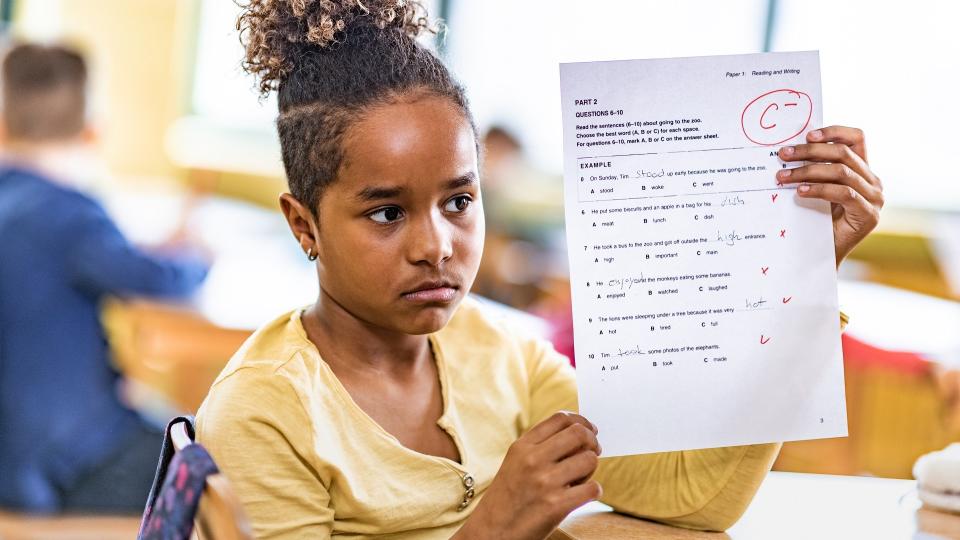Majority of U.S. States Earn a ‘C’ Grade or Worse for Personal Finance Education

Financial literacy hasn’t been a top priority in U.S. schools, according to a new study. Data from the Nation’s Report Card on Financial Literacy claims that 66% of states earned grades C or worse when it comes to personal finance education. CNBC reported that only 17 states were given grades of A or B.
See: Gen Z Teens Exceed Past Generations in Financial Literacy
Learn: A Parents’ Guide To Saving for Education
The American Public Education Foundation grades each state in the U.S., the District of Columbia and Puerto Rico, in terms of K-12 financial education. These grades are based on current statewide requirements, standards and curriculum for personal finance.
“Financial literacy is really a fundamental building block for a child’s ability to make good choices and for their ability to survive and thrive,” said David Pickler, executive director of the American Public Education Foundation via CNBC. Pickler is also a certified financial planner, as well as the president and CEO of Pickler Wealth Advisors in Collierville, Tennessee.
More: 5 Financial Steps Gen Z Should Be Taking Now
CNBC noted that only five states — Missouri, Nebraska, North Carolina, Utah and Virginia — received an A for requiring personal finance education from kindergarten through grade 12 and also requiring a personal finance course for high school graduation. An additional 12 states earned a B grade, 19 received a C grade and 12 were given a grade of D. Meanwhile, Alaska, the District of Columbia, Puerto Rico and South Dakota failed entirely for not providing personal finance education to students.
CNBC also pointed out that research has shown that students who take financial literacy courses are more likely to display responsible financial behavior. A personal finance curriculum would largely focus on topics such as savings, credit, debt, investing and financial planning.
Discover: How Will Teens and Gen Z Invest Their Money? Think Low-Risk, ESG and Roboadvisors
Find: Investing Apps for Teens: Educational or Risky?
Meanwhile, there’s been an extra push to guarantee personal finance education in U.S. high schools, according to a separate CNBC report. So far, 25 states have introduced legislation that would add personal finance education to the curriculum, according to Next Gen Personal Finance’s bill tracker.
More From GOBankingRates:
Last updated: July 16, 2021
This article originally appeared on GOBankingRates.com: Majority of U.S. States Earn a ‘C’ Grade or Worse for Personal Finance Education

 generic
generic 